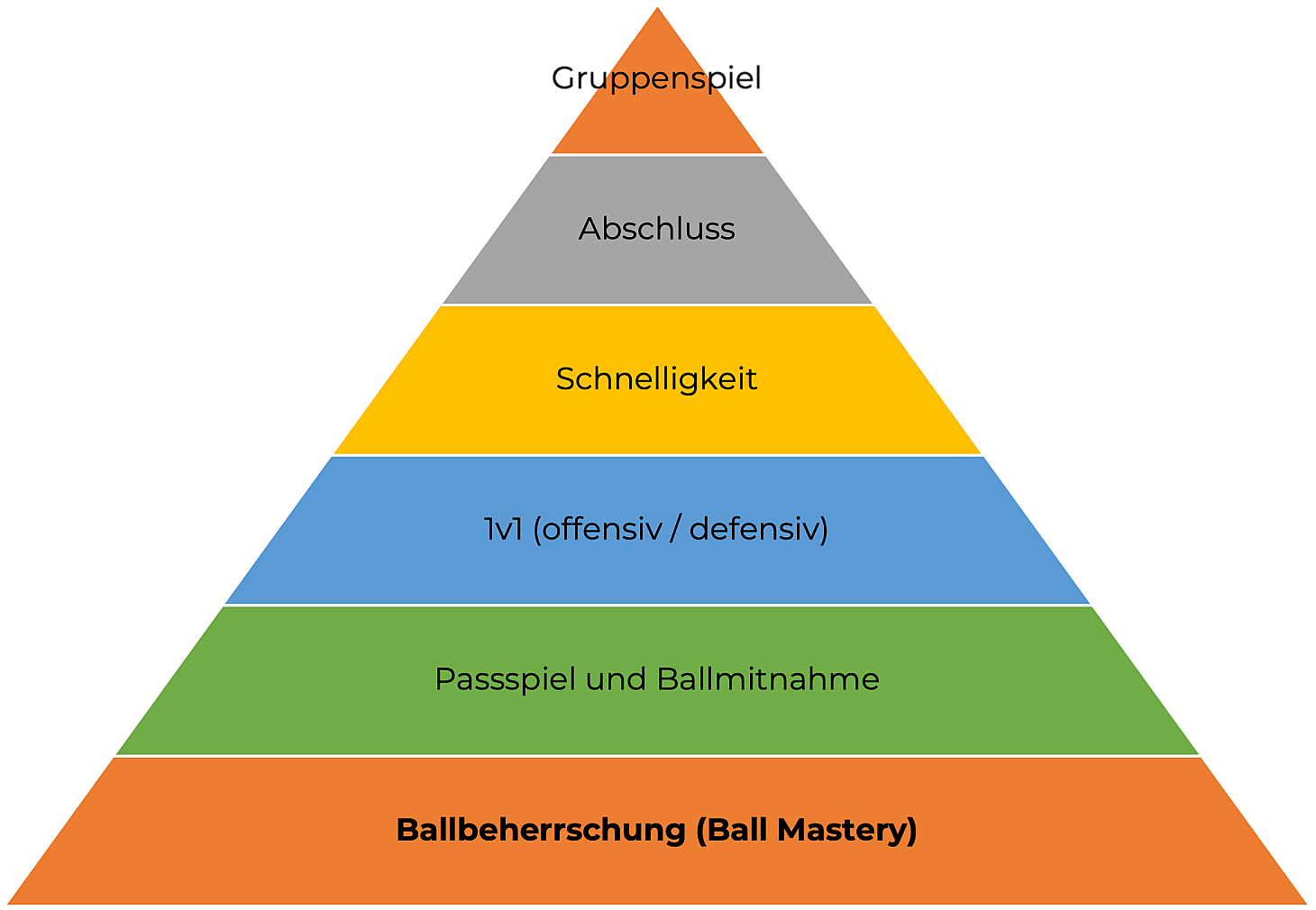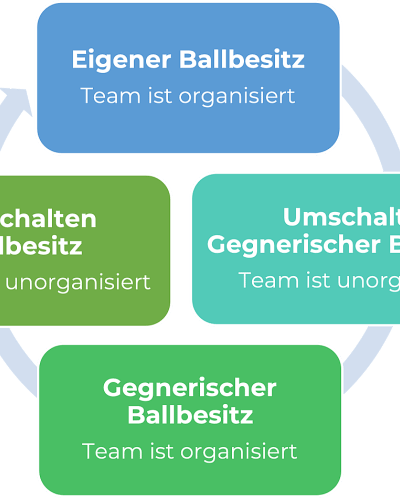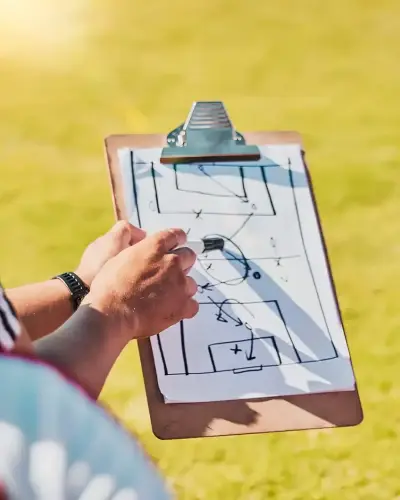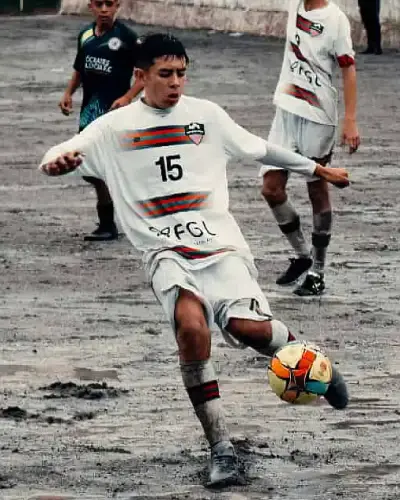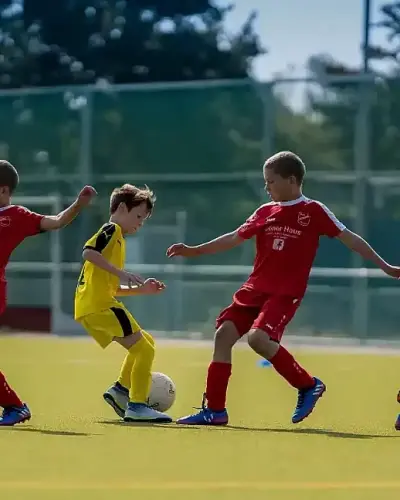The Coerver Method: More Than Just Ball Mastery
Many coaches in the lower licensing levels frequently hear about the so-called Coerver Method. The Coerver drills are also well-known from videos on the internet. Most people associate this method primarily with ball mastery training. "One child, one ball, and practice!"—this is how many coaches perceive Coerver.
However, the Coerver Method is far more than just ball mastery drills and repetitions.
Origins of the Coerver Method
The Coerver Method was developed in the 1970s and 1980s by a Dutch coach named Wiel Coerver. Later, two British coaches, Charlie Cooke and Alfred Galustian, expanded it into a holistic training methodology, promoting it worldwide. Galustian, for example, has worked as a consultant for 17 football federations and is still regarded as a leading expert in technical skill development in football.
A closer look at the Coerver Pyramid proves that the method encompasses much more than just ball mastery. While ball mastery serves as the foundation for player development, reducing Coerver solely to that aspect would be a disservice to the method.
The Coerver Pyramid – Step-by-Step Player Development
Stage 1: Ball Mastery
Ball mastery forms the foundation for all further development steps. To ensure maximum ball contact, each player trains individually with their own ball. The principle here is: One Ball – One Player. Johan Cruyff even developed the Skill Box, a square area where each player performs designated drills. The goal of this stage is to develop ball control through repetition and variation. Skill Box drills also serve as an excellent warm-up routine.
Stage 2: Passing & Receiving
At this stage, players begin to apply their learned skills while interacting with teammates. Fundamental aspects such as foot positioning when passing, selecting the correct foot surface, and proper ball reception and control are emphasized. Communication also becomes a key focus, as players must learn to pass effectively within a team context.
Stage 3: 1v1 (Offensive & Defensive)
The 1v1 duel is often described by football experts as the essence of football. Consequently, the Coerver Method treats 1v1 as a fundamental component of development. Players learn tactical approaches such as attacking an opponent’s weak foot, directing an opponent’s movement, executing feints, and maintaining control under pressure. Coaches play a crucial role here as demonstrators. Just as offensive techniques are prioritized, defensive techniques in 1v1 situations are equally essential.
Stage 4: Speed
Speed training in this stage is not just about sprinting but also about game intelligence and reaction speed. How quickly can a player execute different actions effectively? Players work on explosive power, mental speed, reaction times, and decision-making under pressure.
Stage 5: Finishing
This stage focuses on goal-scoring. The skills learned in previous stages are now applied in finishing scenarios. Players work on shooting technique and goal-scoring under pressure, both in 1v1 situations and small-group exercises. The key emphasis is on accuracy and composure in front of goal.
Stage 6: Group Play
Group play integrates all previous stages. Players now develop solutions collectively in small-team settings. Natural game situations, such as 1v1 duels, passing sequences, and shooting opportunities, emerge dynamically. Tactical understanding becomes essential, as players must make the correct decisions in real-game scenarios. Coaches emphasize the practical application of learned skills in a structured yet game-like environment.
The Unique Approach of the Coerver Method
The Coerver Method is highly individualized, focusing on each player's strengths and weaknesses. Unlike many modern coaching theories that emphasize implicit learning, Coerver takes a more explicit approach. Movements are based on ideal patterns, and players are expected to replicate these as closely as possible. Players receive explicit guidance through demonstrations, manuals, and video analysis.
Some sports scientists critique this aspect of Coerver, arguing that an over-reliance on explicit instruction may limit creativity. However, the method remains highly effective due to its structured and progressive design. It follows the scientific principle of methodological progression, systematically guiding players from basic to complex skills.
Additionally, Coerver serves as an excellent tool for periodization in youth training.
Conclusion
Ultimately, the Coerver Method is far more than isolated technical drills and endless repetitions. It is a comprehensive model for youth player development that follows a logical progression. While it may not be the only approach, it remains one of the most widely used and effective methodologies in modern football coaching. Coaches who implement Coerver principles effectively can significantly improve their players' technical skills and overall game understanding.
